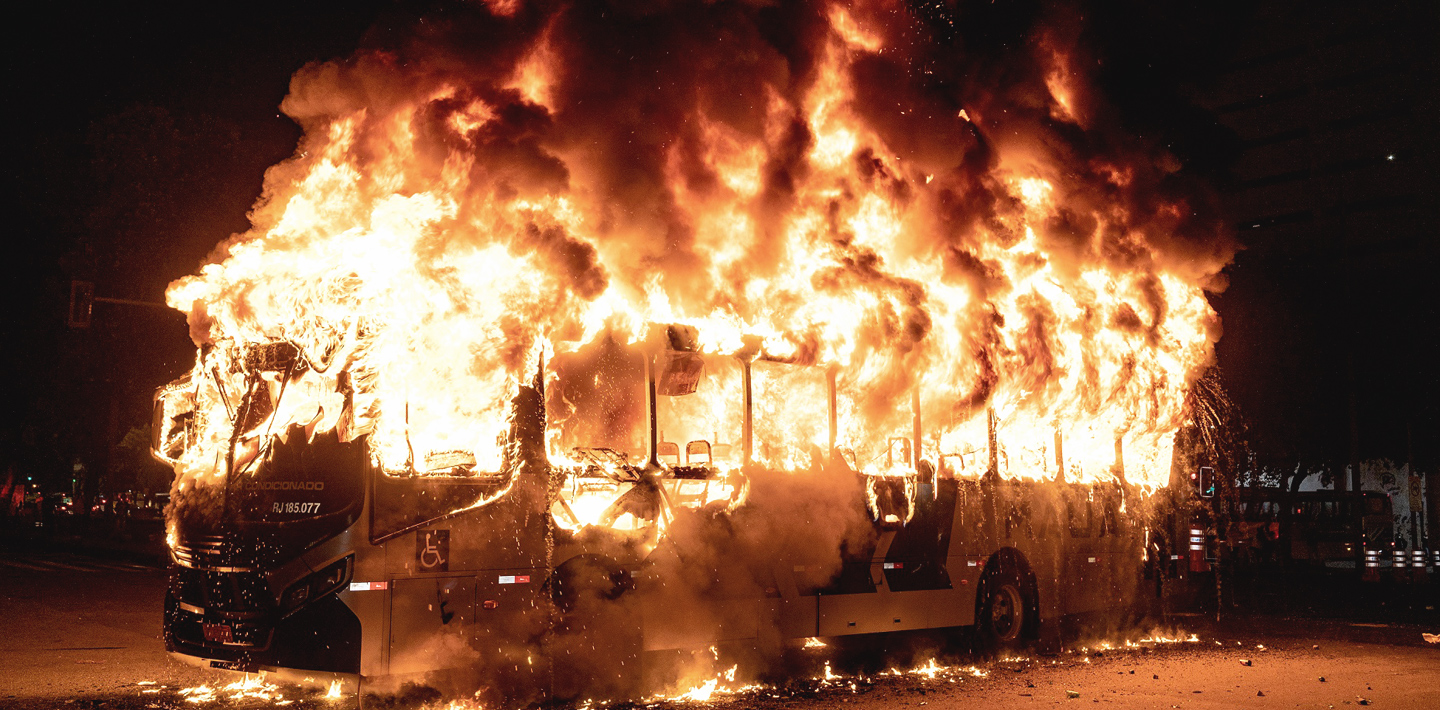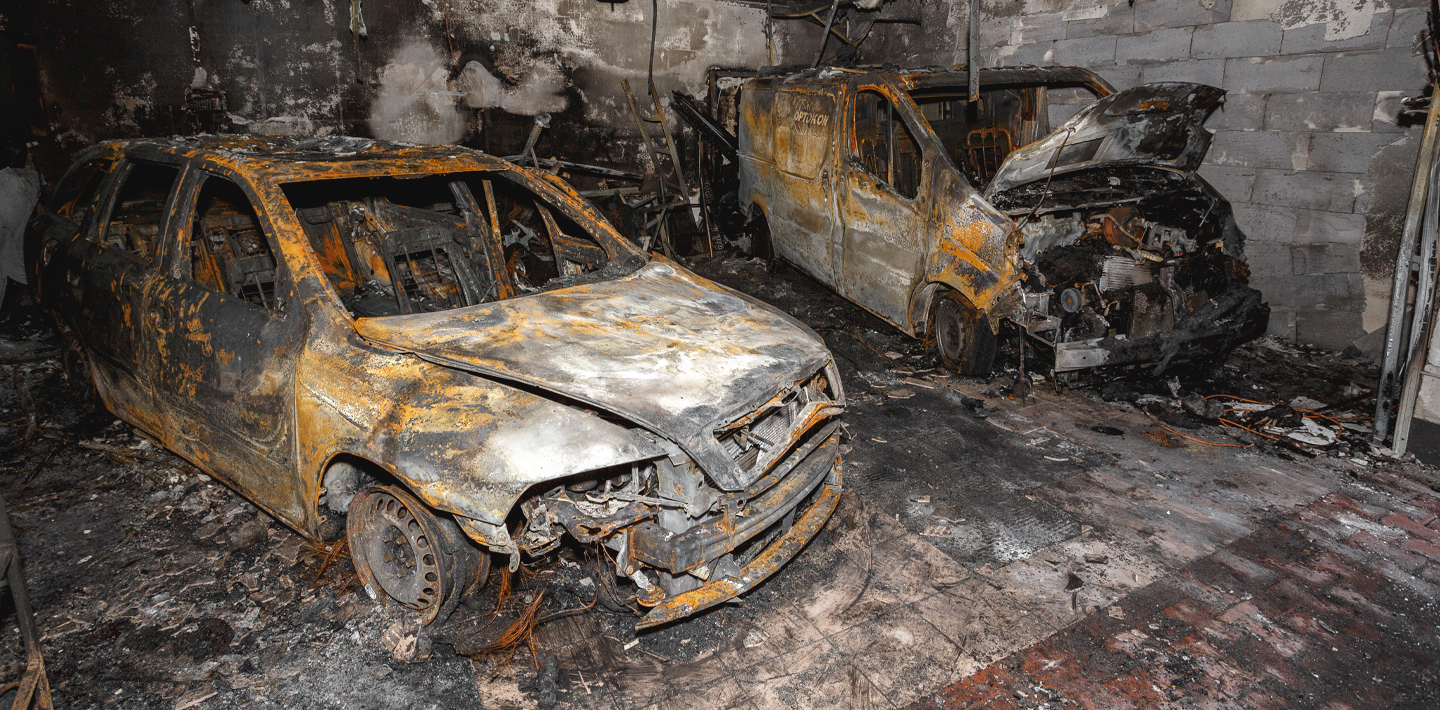
Reducing Fire Risk for Battery Energy Storage Systems and Electric Vehicles
During Fire Prevention Week, WSP fire experts are drawing attention to the rapid growth of alternative energy storage batteries and the need to address fire hazards.
map marker
United States
|
Friday, October 8, 2021
Reading Time : 5:30 minutes
Reading Time : 5:30 minutes

©SHUTTERSTOCK
By the end of 2023, 10,000MW of large-scale battery energy storage systems will be energizing U.S. electric grids—10 times the cumulative capacity installed in 2019.
©SHUTTERSTOCK
Heat from an electric vehicle fire is more intense than that from a gasoline fire, and depending where it is parked, can rapidly superheat structures located nearby.
©SHUTTERSTOCK
If the electric battery revolution is to be successful and game changing, it must also be accompanied by responsible fire protection engineering.













